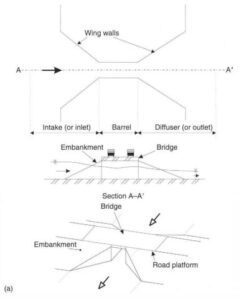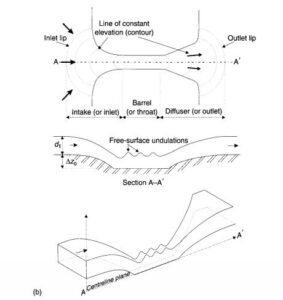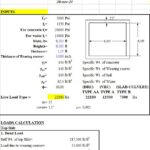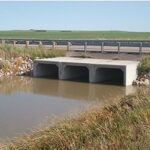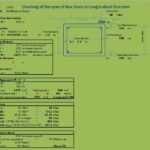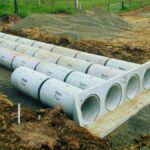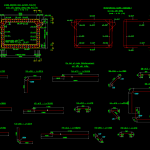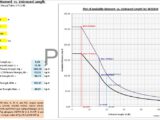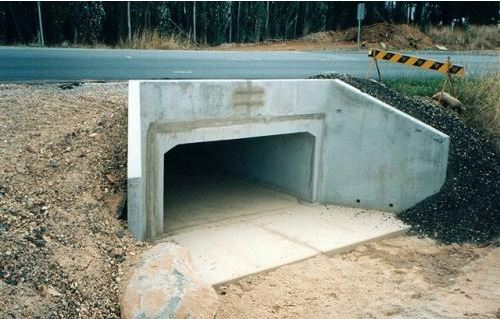
Standard Culvert and MEL Culvert Definition
21 February 2021Table of Contents
Standard Culvert and MEL Culvert Definition
Introduction :
A culvert is a covered channel of relatively short length designed to pass water through an embankment (e.g. highway, railroad and dam).
It is a hydraulic structure and it may carry flood waters, drainage flows, natural streams below earthfill and rockfill structures. From a hydraulic aspect, a dominant feature of a culvert is whether it runs full or not.
The design can vary from a simple geometry (i.e. box culvert) to a hydraulically smooth shape (i.e. minimum energy loss (MEL) culvert)
Culvert Parts :
A culvert consists of three parts: the intake (also called inlet or fan), the barrel (or throat) and the diffuser (also called outlet or expansion fan) (Fig.1-a).
The cross-sectional shape of the barrel may be circular (i.e. pipe), rectangular (i.e box culvert) or multi-cell (e.g. multi-cell box culvert) (Fig.1-b).
The bottom of the barrel is called the invert while the barrel roof is called the soffit or obvert. The training walls of the inlet and outlet are called wing walls.
Fig 1. Sketch of a culvert: (a) box culvert
Fig 1. (b) MEL culvert
Standard Culverts :
A standard culvert is designed to pass waters at a minimum cost without much consideration of the head loss. The culvert construction must be simple: e.g. circular pipes and precast concrete boxes.
MEL Culverts :
An MEL culvert is a structure designed with the concept of minimum head loss. The flow in the approach channel is contracted through a streamlined inlet into the barrel where the channel width is minimum, and then it is expanded in a streamlined outlet before being finally released into the downstream natural channel. Both the inlet and outlet must be streamlined to avoid significant form losses

